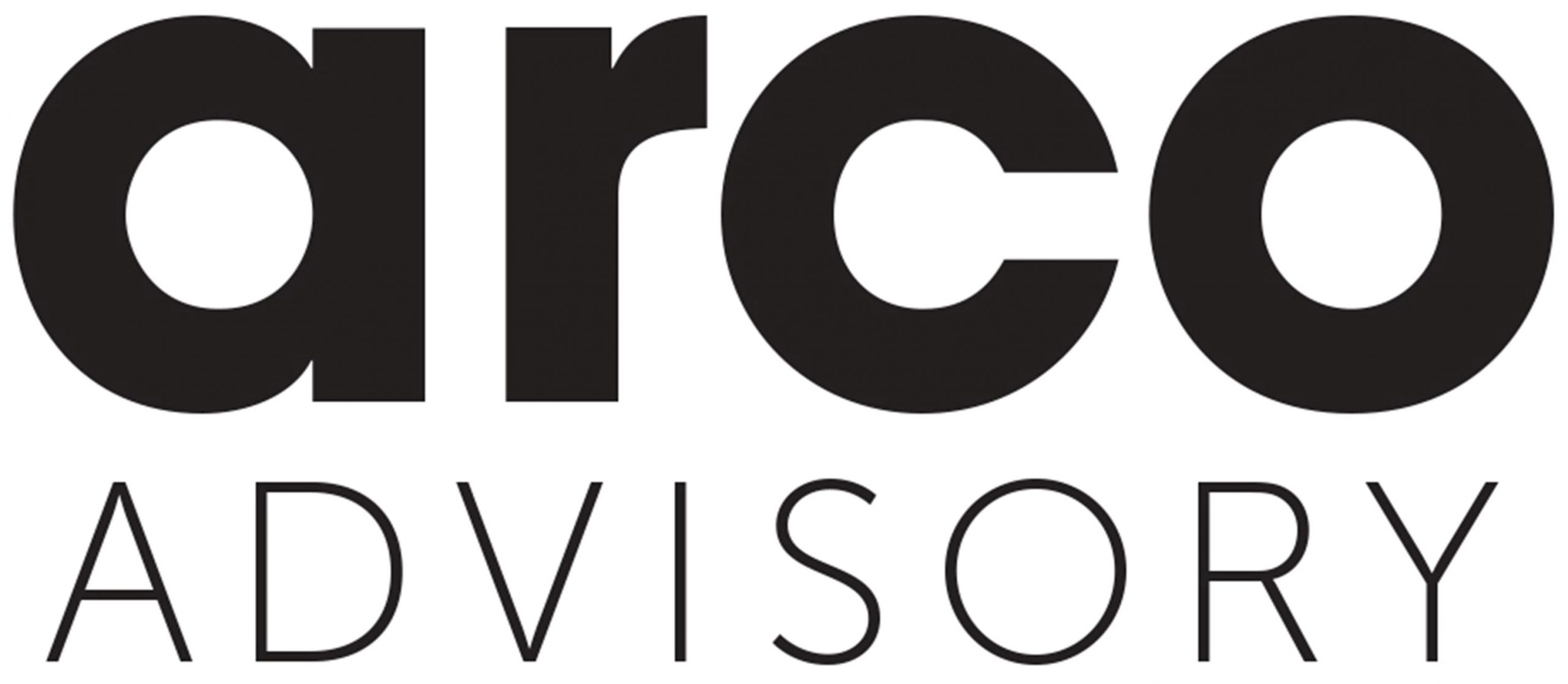Key events in August 2022
- High energy and food prices, rising interest rates and the conflict in Ukraine remain the key concerns for the global economy. Consumer annual inflation has surged to 9% in Europe and the US.
- Central banks continue to either rapidly raise interest rates or signal higher interest rates are coming to contain inflation. Australia’s central bank raised the interest rate by 0.5% in August and September.
- Global shares fell sharply in August. Wall Street’s benchmark S&P 500 Index declined by more than 4% in August. The primary driver of this fall was the ‘tough talk’ from the US central bank on 26 August. The US Federal Reserve (Fed) Chair Jerome Powell warned that “higher interest rates, slower growth and softer labour market conditions will bring down inflation” and this will “bring some pain to households and businesses”.
- Australian shares provided a positive surprise with a small 1.2% gain. The Energy (7.8%) and Resources (5.9%) sectors led the market given continued strong demand in the wake of Russian supply concerns. There were modest gains also for Communication Services (2.5%) and Industrials (1.2%). However, there was disappointing weakness in Real Estate Investment Trusts (REITs, -3.5%) given the sensitivity to rising interest rates and bond yields.
Asset class summary
Asset class returns in Australian dollars – periods to 31 August 2022
| CYTD | 1 month % | 3 months % | 1 year % pa | 3 year % pa | 5 year % pa | 10 year % pa |
Australian shares | -3.6 | 1.2 | -2.4 | -3.4 | 5.5 | 8.1 | 9.3 |
Global shares (hedged) | -15.6 | -3.0 | -4.2 | -13.3 | 7.4 | 7.0 | 10.5 |
Global shares (unhedged) | -12.8 | -2.0 | -1.3 | -10.3 | 7.4 | 10.1 | 13.3 |
Emerging markets (unhedged) | -12.5 | 2.2 | -2.1 | -16.6 | 2.1 | 3.6 | 7.2 |
Australian property securities | -17.1 | -3.6 | -3.5 | -10.5 | -0.8 | 6.2 | 9.7 |
Global property securities (hedged) | -17.3 | -5.7 | -6.4 | -13.8 | -1.8 | 2.0 | 6.4 |
Global listed infrastructure (hedged) | 1.0 | -1.0 | -1.6 | 5.1 | 4.4 | 5.9 | 10.1 |
Australian bonds | -8.8 | -2.5 | -0.8 | -11.5 | -3.1 | 1.0 | 2.6 |
Global bonds (hedged) | -9.7 | -2.7 | -1.9 | -10.5 | -2.7 | 0.5 | 2.9 |
Global high yield bonds (hedged) | -1.0 | 1.6 | 1.4 | 0.3 | 2.2 | 2.8 | 0.0 |
Australian Inflation-linked bonds | -4.5 | -1.6 | 0.5 | -4.8 | 0.4 | 2.1 | 2.4 |
Cash | 0.4 | 0.2 | 0.3 | 0.4 | 0.4 | 0.9 | 1.7 |
AUD/USD | -5.7 | -1.8 | -4.4 | -6.2 | 0.6 | -2.9 | -4.0 |
Past performance is not a reliable indicator of future performance.
Sources: Australian shares – S&P/ASX 200 Total Return Index; Global shares (hedged) – MSCI All Countries World (A$ hedged, Net); Global shares (unhedged) – MSCI All Countries World in A$ (Net); Emerging markets – MSCI Emerging Markets in A$ (Net); Australian property securities – S&P/ASX 300 A-REIT Accumulation Index; Global property securities – FTSE EPRA/NAREIT Developed (A$ hedged, Net); Global listed infrastructure – FTSE Global Core Infrastructure 50/50 (Hedged $A); Australian bonds – Bloomberg AusBond Composite 0+ Yr Index; Global bonds (A$ hedged) – Barclays Global Aggregate (A$ hedged, Gross); Global high yield bonds (A$ hedged) – Composite of BCGA US Corp HY BB/B (A$ hedged) & S&P LSTA BB/B Leveraged Loan Index; Australian inflation-linked bonds – Bloomberg AusBond Inflation Government 0+ Yr Index; Cash – Bloomberg AusBond Bank Bill Index; AUD/USD – WM/Reuters Daily (4 pm GMT).
Key events in global markets over the last three months to August
Concerns about the continuing conflict in Ukraine, persistent inflation pressures and central banks raising interest rates remain the dominant issues for investors. Global shares (hedged) delivered a weak -4.2% return for the three months to August. The fall in the Australian dollar mitigated some of the pain for global shares (unhedged) portfolios with a milder -1.3% negative return.
Wall Street’s benchmark S&P 500 Index delivered a weak -4% return for the past three months. Inflation has been troubling with annual inflation reaching 8.5% in the year to July. US government bond yields and interest rates have risen sharply given these inflation risks, thereby constraining investor sentiment. The Fed has aggressively raised the US interest rate by 2.25% this year in response to high inflation.
European shares have also disappointed in response to these inflation concerns as well as the Ukraine crisis. The EURO STOXX 50 Index delivered a very weak -7.2% return for the past three months.
Asian share markets have also struggled. In local currency terms, Taiwan (-8.6%) and Hong Kong (-5.8%) have led the declines given concerns over global economic prospects.
Global bonds (hedged) remain weak after a poor start for the year. Government bond yields have climbed higher this year given inflation pressures and worries over aggressive interest rate rises by central banks.
Global high yield bonds (hedged) managed to stabilise with a positive 1.4% return. However, investors generally remain very cautious given rising inflation and weaker share markets this year.
Key events in Australia over the last three months to August
Australian shares have also fallen sharply in response to global political and inflation concerns. For the three months to August, Australian shares delivered a weak -2.4% return. Resources were particularly disappointing (-6.1%) given sharp falls in iron ore and metal prices as China’s economic slowdown became more pronounced. The Financial (-4.3%) sector declined given concerns that higher interest rates will adversely impact demand for loans. The Energy (9.8%) sector continued its strong run given the surge in oil and gas prices.
However, Australia’s economy appears to be resilient judging by solid results in business surveys, employment, and retail spending. Australia’s unemployment rate has fallen to 3.4% in June, the lowest since 1974. Yet the inflation acceleration is very concerning and has warranted the Reserve Bank of Australia (RBA) raising interest rates from 0.1% in March to 2.35% in September. Australia’s consumer inflation accelerated to a 6.1% annual pace in the year to June with the RBA Governor suggesting inflation will peak at 7.75% at the end of this year.
Looking forward
The troubling trio of rising inflation, higher interest rates and the war in Ukraine is providing a more challenging and painful investing climate this year. Inflation has moved to multi-decade highs around the world. Central banks with inflation targets have been compelled to rapidly raise interest rates to cool these pricing pressures.
Accordingly, investors are worried about whether central banks can safely navigate the challenge of moderating inflation without severely damaging economic growth. As interest rates sharply rise and financial conditions for borrowers become tougher, investors become naturally concerned that a recession could occur.
Investors face a very difficult task in assessing these considerable inflation and interest rate risks in the coming financial year. Given the current investment climate is dynamic with multiple positive and negative scenarios possible, investors should maintain a disciplined and diversified strategy to manage these extraordinary risks.
Important information: This document is issued by IOOF Investment Services Ltd (IISL) ABN 80 007 350 405, AFSL 230703. IISL is a company within Insignia Financial Ltd ABN 49 100 103 722 (formerly known as IOOF Holdings Ltd) and its related bodies corporate. This is factual information only and is based in part on information obtained in good faith from third party sources. The information is current as at 12 September 2022. While this information is believed to be accurate and reliable at the time of publication, to the extent permitted by law, no liability is accepted for any loss or damage as a result of reliance upon it.





